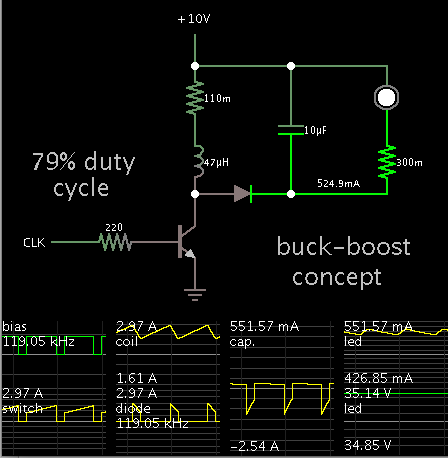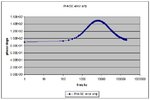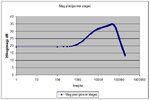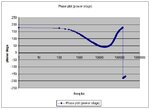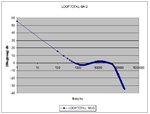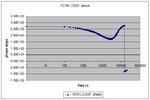T
treez
Guest

Hello,
Do you know at what frequency is the output pole of this buckboost led driver?
vin=10
9 leds at 0.5A ~35V
ccm
constant off time
FSW = 119KHZ.
Basso pg 233 says the output pole is wp1 = (vin-2.vout)/(vin-vout) * (1/[RC])
where
C = Cout = 10uF
R = load.......
For the "Load resistance", should i use the dynamic resistance of the LED string, or the quotient V(LEDs)/I(LEDs) ?
Do you know at what frequency is the output pole of this buckboost led driver?
vin=10
9 leds at 0.5A ~35V
ccm
constant off time
FSW = 119KHZ.
Basso pg 233 says the output pole is wp1 = (vin-2.vout)/(vin-vout) * (1/[RC])
where
C = Cout = 10uF
R = load.......
For the "Load resistance", should i use the dynamic resistance of the LED string, or the quotient V(LEDs)/I(LEDs) ?


